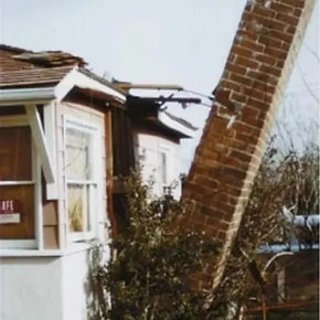Exploring the Tradition and Significance of Chimney Sweeping
Wiki Article
In the modern era of heating systems and electric fireplaces, the profession of Chimney inspection Baltimore might seem like a relic in history. However, the art of chimney sweeping holds an abundant history and will continue to play a crucial role in maintaining the safety and efficiency of commercial and residential heating systems. In this post, we delve into the tradition, importance, and evolution of chimney sweeping.
A Historical Perspective:
The practice of chimney sweeping goes back centuries, with roots tracing dating back to ancient Rome. In medieval Europe, chimney sweeps become skilled tradespeople in charge of keeping chimneys clean and preventing chimney fires, which were a common hazard in homes heated by wood or coal fires.
During the Industrial Revolution, chimney sweeping became more widespread with the widespread usage of coal for heating and cooking. Children, often from impoverished backgrounds, were employed as chimney sweeps because of the small stature, causing them to be well-suited for navigating narrow chimney flues. Nowadays gave rise for the troubling practice of "climbing boys," where small children were instructed to work in hazardous conditions, facing health risks and exploitation.

The Regulation and Reform:
Within the 19th century, public outcry within the exploitation of child chimney sweeps resulted in legislative reforms directed at improving working conditions and safety standards. The Chimney Sweepers Act of 1788 in britain was one of many earliest regulations unveiled in protect chimney sweeps, prohibiting the effective use of children below the age of eight and imposing licensing requirements for chimney sweeping businesses.
As time passes, advancements in technology, including the invention of flexible chimney brushes and vacuum systems, revolutionized the chimney sweeping industry, making the method safer, better, and less reliant on manual labor.
The Importance of Chimney Sweeping Today:
Regardless of the evolution of heating technologies, chimney sweeping remains a vital aspect of maintenance for properties with traditional chimneys or wood-burning appliances. Regular chimney cleaning and inspection offer several advantages:
Preventing Chimney Fires: The buildup of creosote, an extremely flammable byproduct of combustion, in chimney flues could be a significant fire hazard. Regular chimney sweeping removes creosote buildup, reducing the risk of chimney fires.
Ensuring Proper Ventilation: Blockages caused by debris, bird nests, or creosote can obstruct chimney flues, leading to poor ventilation and the potential for carbon monoxide buildup. Chimney sweeping helps maintain clear airflow, ensuring the safe and efficient operation of heating appliances.
Extending Appliance Lifespan: Regular maintenance, including chimney sweeping, can prolong the lifespan of wood-burning stoves, fireplaces, as well as other heating appliances by preventing damage caused by creosote buildup and corrosion.
Compliance with Insurance Requirements: Many insurance coverage require homeowners with wood-burning appliances to offer proof of regular chimney maintenance, including professional chimney sweeping and inspection, to keep up coverage.
Modern Chimney Sweeping Practices:
Today, professional chimney sweeps undergo extensive training and certification to make certain they have the information and skills to soundly and effectively neat and inspect chimneys. Modern chimney sweeping techniques often involve using specialized equipment, including chimney brushes, rods, cameras, and vacuum systems, to clear chimney flues and identify any potential issues.
As the image of a chimney sweep may evoke nostalgia for any bygone era, the profession remains relevant and essential in safeguarding homes against chimney fires, deadly carbon monoxide poisoning, along with other hazards associated with heating appliances. By upholding the tradition of chimney sweeping and embracing modern practices and standards, chimney sweeps play a vital role in promoting the safety, efficiency, and longevity of residential and commercial heating systems.